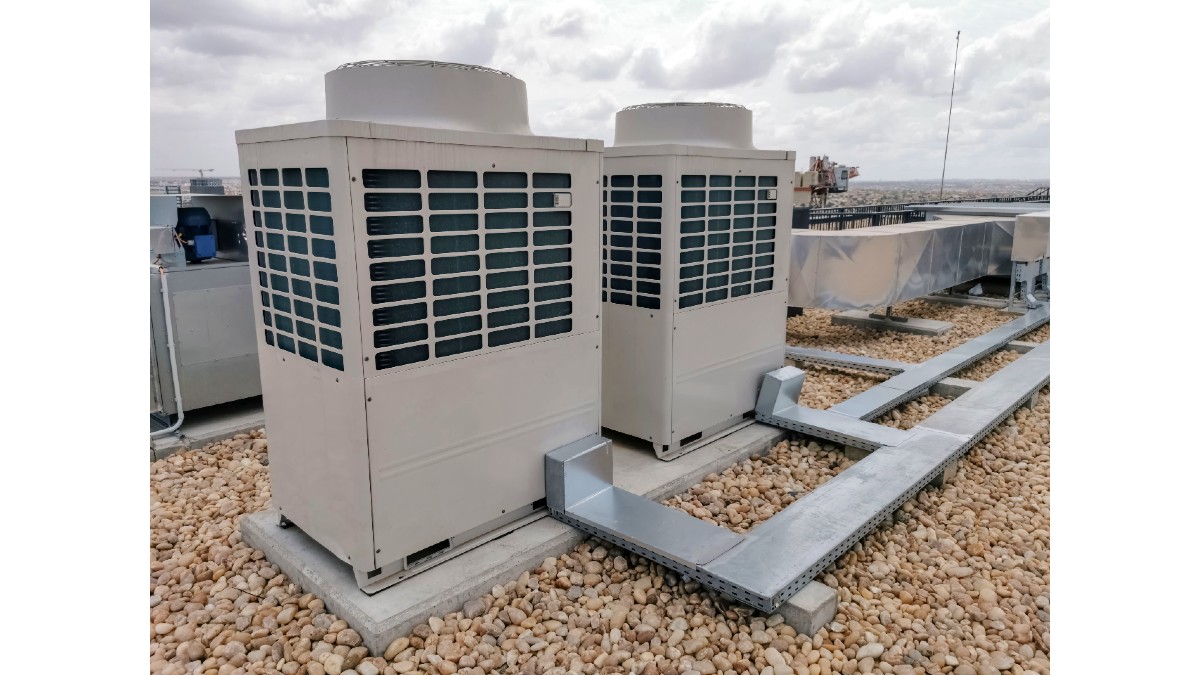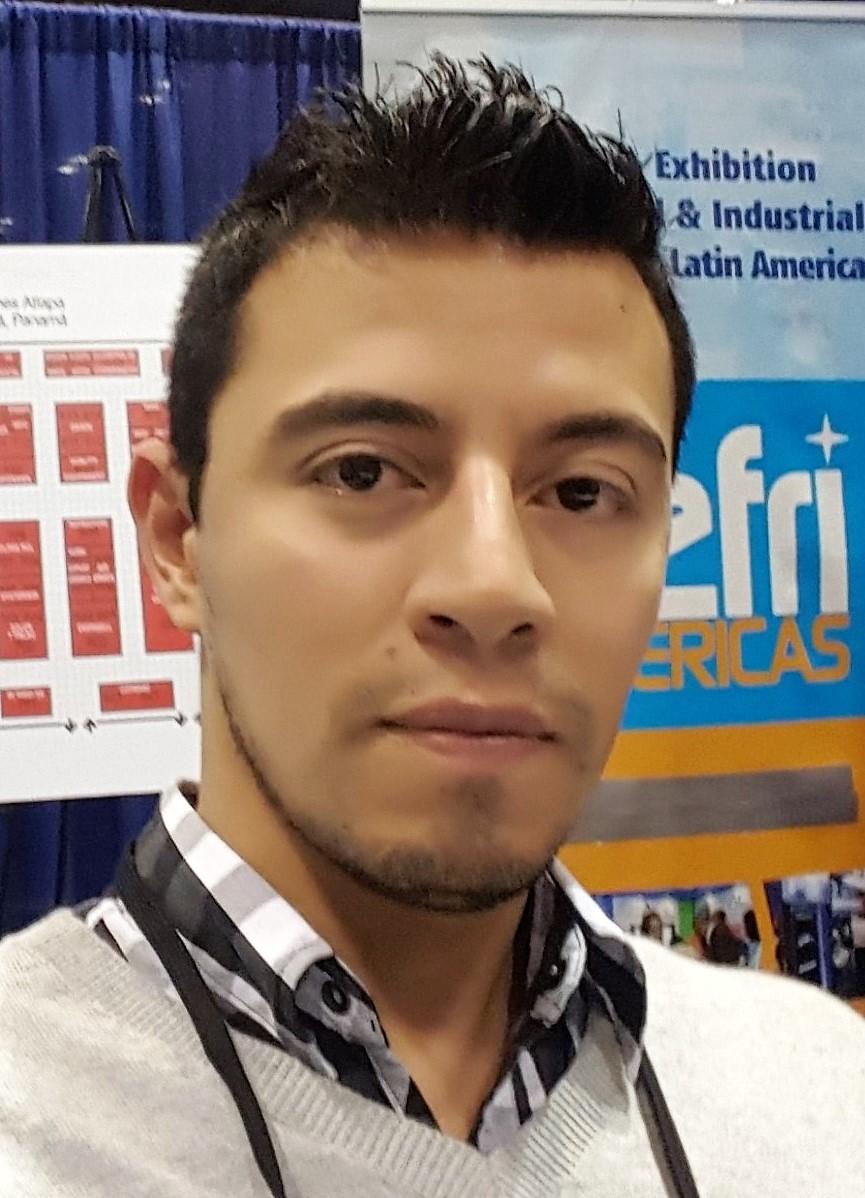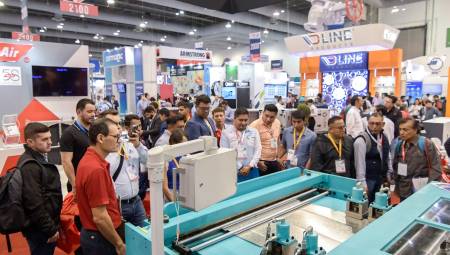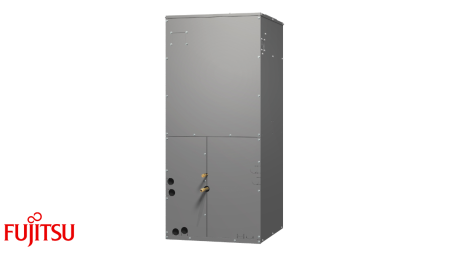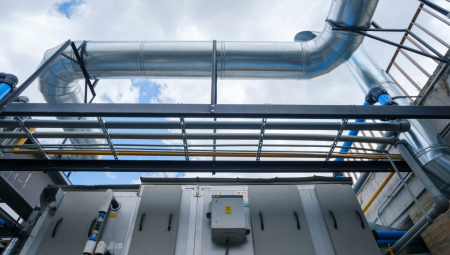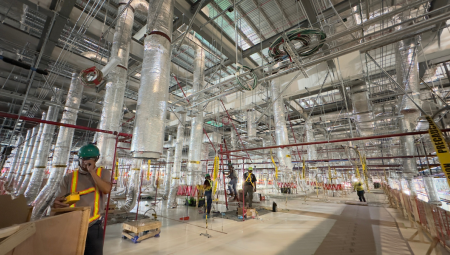Let's see how heat can be used in one of the most implemented air conditioning systems today.
By Eng. Jimy Danelli*
In air conditioning systems, heat is extracted from the environments to be conditioned, this heat is transported by the refrigerant gas that is compressed by the compressor and then passes to the condenser, where we extract the heat from the environment, and additionally the heat from the compressor; This heat from the condenser can be used both to preheat boiler water or services in hotels and hospitals as well as to be used for heating.
In VRF or Variable Refrigerant System (in Spanish), we have two types of systems very different from each other: some are the heat pump systems where the indoor units can operate in cooling or heating mode, and the heat recovery systems, where the indoor units can work in cooling and heating simultaneously recovering energy from each other.
Before continuing, it would be important to ask: what do we mean when we say heat recovery? In conventional systems the outdoor unit yields or absorbs heat from the ambient air depending on the mode of operation, that is, when the system operates in cooling mode the outdoor unit transfers to the outside ambient air the heat absorbed by the indoor unit, that heat is "wasted".
In heat recovery systems this heat can be reused, either to heat other rooms or to heat water, for example sanitary. Now that we know what heat recovery is, let's move on.
In the heat recovery there are systems of two and three tubes, consist of the outdoor unit that connects with two pipes, (high and low pressure) with the distributor or box BC and the box BC connect all indoor units with two pipes (liquid and gas), I attach an image to clarify concepts.
Unlike heat pumps that have three modes of operation (cooling, heating and defrost), heat recovery pumps have five modes (cooling, heating, main cold when the installation demands more cooling than heating, main heat when the installation demands more heating than cooling and defrost).
Without delving into the modes, cooling and heating are very similar to the operation of heat pumps without recovery; in refrigeration through the high pressure tube the refrigerant liquid from the outside unit circulates to the BC and through the low pressure one the refrigerant in gas or vapor state from the BC returns to the outdoor unit, while in heating the hot gas circulates from the outside to the BC and returns the BC liquid to the outdoor unit through the low pressure tube. The low pressure tube will always be the return of the BC coolant to the outdoor unit and the high tube will be the return of the outside unit to the BC. From BC to indoor units the thin tube is liquid and the thick is gas. Now that, I suppose, we have the composition of the system, I will comment on the operation in the recovery modes, which are the ones that interest us.
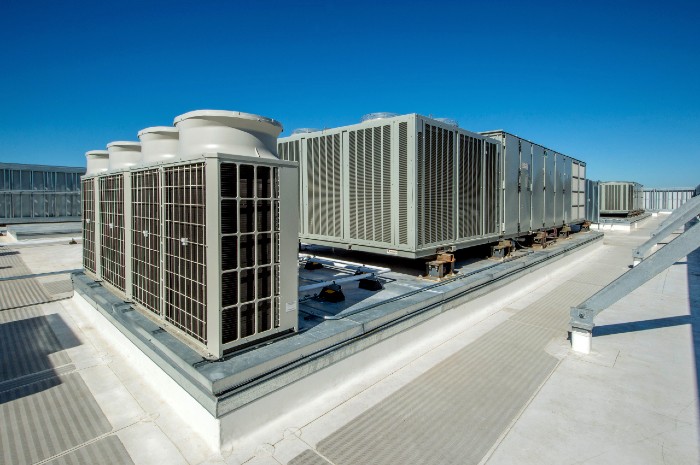
The box or BC control that I have commented on several occasions is not a container of solenoids that open or close the refrigerant passage, inside we will find a phase separator cylinder in which, by gravity, the liquid is separated from the gas and gas-gas countercurrent coolers necessary for the sub-cooling of the refrigerant. The arrows indicate the direction of the refrigerant and in a circle I have pointed to the phase separator.
When the system works in main heat mode, from the outdoor unit the refrigerant in gaseous state reaches the BC, you will be surprised that it says "gaseous" if we also have units in cold mode which need refrigerant liquid, then I clarify, at high pressure and high temperature, the refrigerant is directed towards the indoor units that demand heating.
The refrigerant condenses and sub-cools, we already have the refrigerant liquid that I commented in the third line, this liquid we return to the BC where in the gas-gas sub-coolers we finish liquefying and / or lower its temperature, from the BC the liquid refrigerant is directed to the indoor units that are in refrigeration mode where the refrigerant expands, evaporates absorbing heat from the room and reheats, this gas returns through the BC to the outdoor unit where it is sucked by the compressor restarting the cycle.
When the system works in cold main mode it changes the operation, since we have more demand for cold than heat so the indoor units will not liquefy the necessary amount of refrigerant needed by indoor units that are in cold mode, then?
The outdoor unit sends to the BC a mixture of liquid and refrigerant gas; if we looked at it in a Molliere diagram it would be a point of the refrigeration cycle that would be inside the hood more to the left, the more liquid the system needs, that mixture of liquid and gas reaches the BC and enters the phase separator cylinder where the refrigerant gas will be directed to the indoor units that demand heat and liquid, After passing through the gas-gas coolers, it will be directed to the interiors that demand cold.
The outdoor one does not send enough refrigerant in liquid state for all indoor units that demand cold since it takes into account the amount of refrigerant that is recovered from the indoor units that are in heat mode. In the systems of three tubes one is the high pressure, another is liquid and the third is low pressure, these tubes through distribution boxes containing solenoid valves select which valve should be opened to supply liquid or gas depending on whether the indoor unit works in cooling or heating.
In the image the liquid tube (green), high pressure (pink) and low pressure (blue) are differentiated, the units that work in heat get gas at high pressure and from them comes refrigerant liquid, this liquid will reach the units that operate in refrigeration mode where it will evaporate.
Indoor units operating in heat will not produce enough liquid for indoor refrigerated units and the missing liquid will leave the outdoor unit, mix with that produced by indoor units and be distributed among indoor refrigerated units. If the mode of operation were the main heat, the units that operate in refrigeration could not evaporate all the liquid produced by those that operate in heating, returning the excess to the outside where it would evaporate.
With these examples of the VRF system with heat recovery we want to make the most of these systems that are very efficient and depending on the project can reduce the costs of both equipment, facilities and long-term electricity bill, knowing that their efficiency levels are quite acceptable compared to other systems separately, being very important at this time that we need to reduce the CO2 footprint.
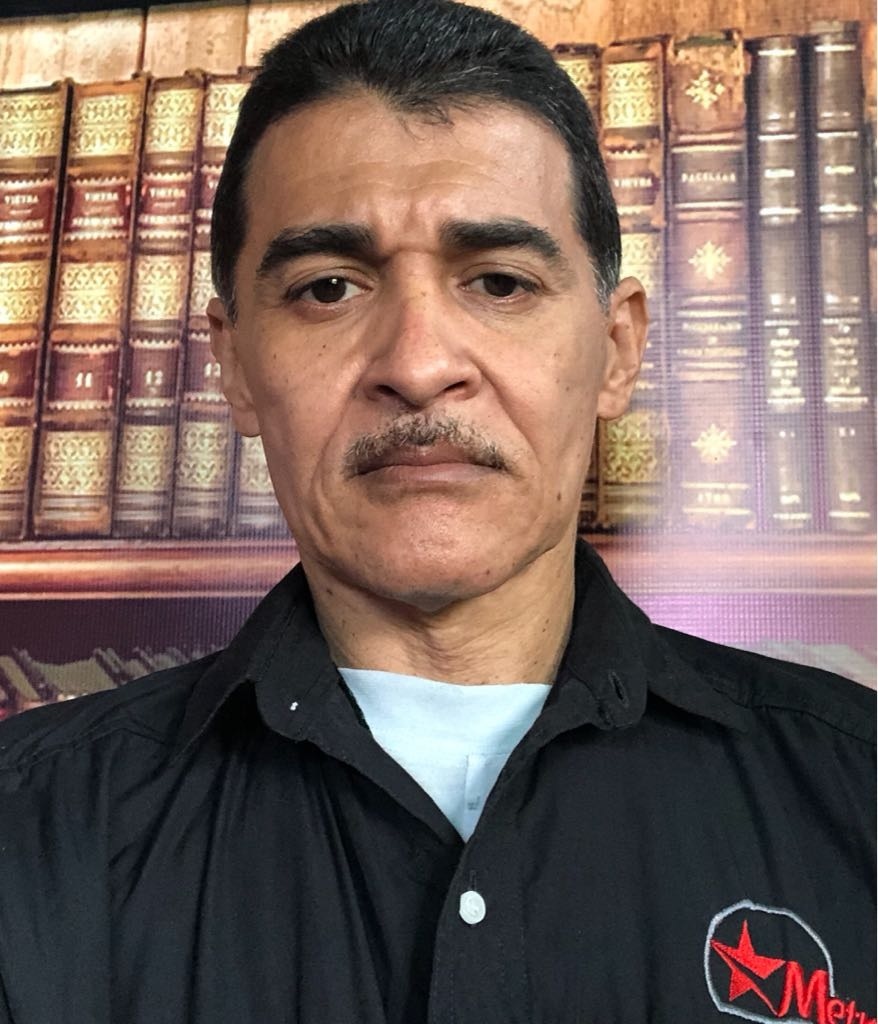 * Jimy Danelli is a maintenance consultant in air conditioning and refrigeration. You can write to the email: [email protected]
* Jimy Danelli is a maintenance consultant in air conditioning and refrigeration. You can write to the email: [email protected]


